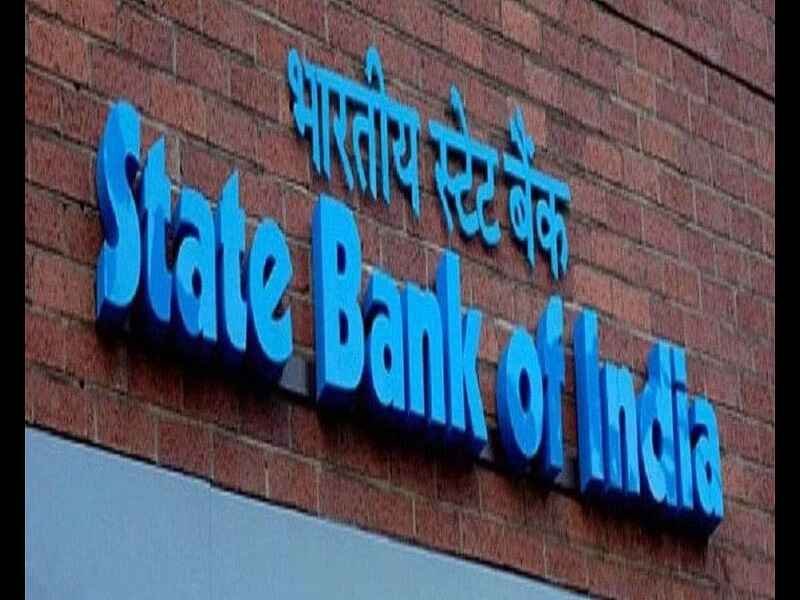State Bank of India (SBI), the nation’s largest lender, is in talks with the Reserve Bank of India (RBI) to lower the cash reserve ratio (CRR) requirement on green deposits, a new scheme launched by the bank to fund green and climate-friendly projects. The bank hopes that a reduction in CRR will make green deposits more attractive for customers and help the bank meet its environmental, social and governance (ESG) goals.
What are green deposits?
They are fixed deposits that are earmarked for financing green projects, such as renewable energy, clean transportation, green buildings, waste management, etc. SBI launched its green deposit scheme in January 2024, becoming the first bank in India to do so. The scheme offers tenors of 1,111, 1,777 and 2,222 days with interest rates around 10 basis points lower than normal deposit rates. The bank said that it will use the proceeds of green deposits only for lending to green projects and will not mix them with other funds.
Why does SBI want lower CRR
CRR is the percentage of deposits that banks have to keep with the RBI as a solvency measure. Currently, the CRR is 4.5%, which means that for every Rs 100 that a bank collects in deposits, it has to park Rs 4.5 with the RBI without earning any interest. SBI wants the RBI to reduce the CRR for green deposits, so that it can have more funds available for lending and offer better returns to customers. SBI chairman Dinesh Khara said that the bank is engaging with the regulator for a reduction in CRR for green deposits and also for incorporating it into the policy mechanism . He said that such a move will have an impact on the pricing of green deposits and make them more competitive.
How will lower CRR benefit SBI and its customers?
Lower CRR will benefit SBI by freeing up more funds for lending to green projects, which will help the bank achieve its ESG targets and support the country’s transition to a low-carbon economy. It will also benefit customers by offering them higher returns on their green deposits and giving them an opportunity to contribute to a social cause. Khara said that SBI has also started evaluating borrowers on ESG ratings and is engaging with rating entities to set an accounting standard for green financing . He said that there is a need for better and more practical rating as there is a high possibility of green-shoring in the name of green financing.
Recent Blog : South Indian Bank: Winner of Best Tech Bank
